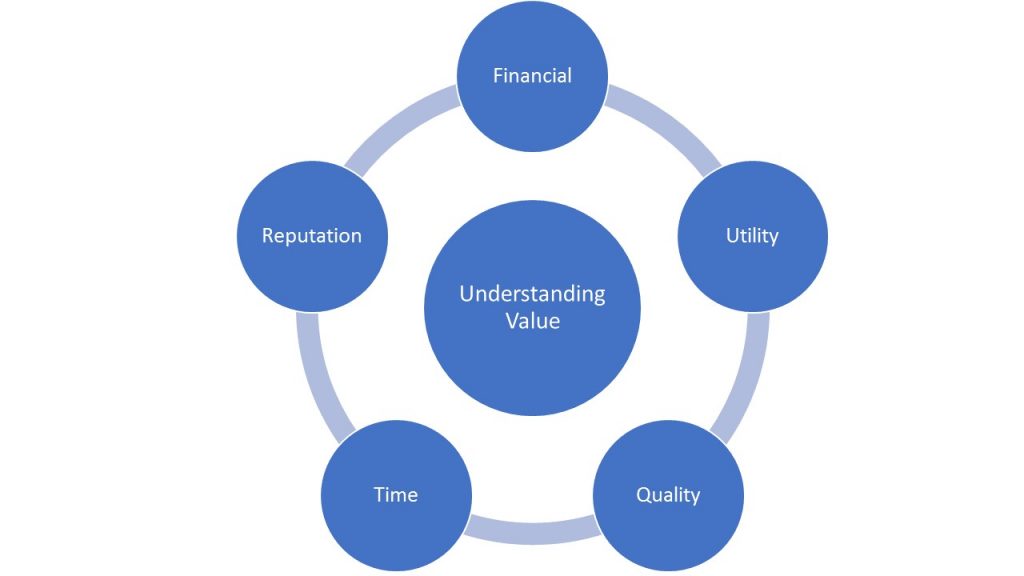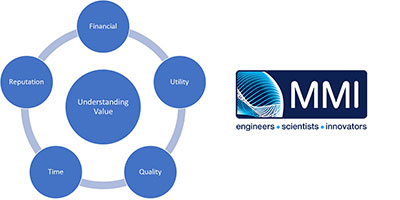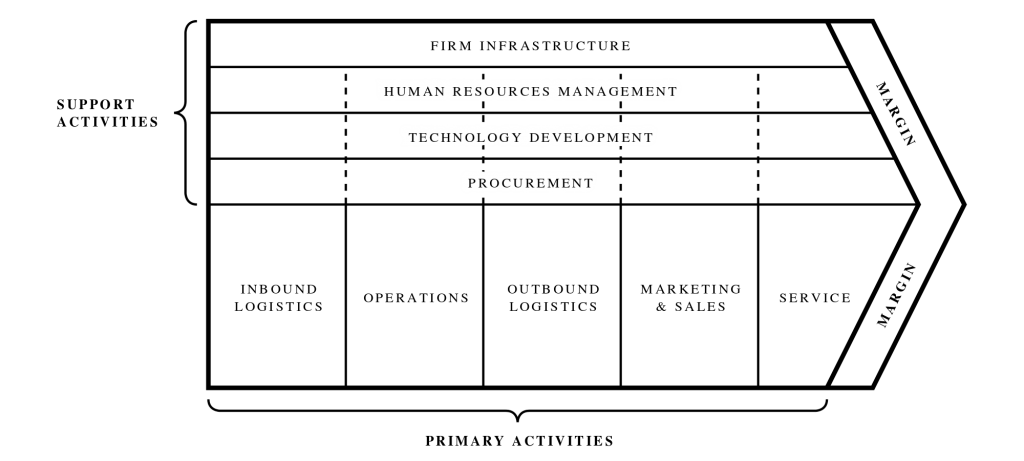We are living in an increasingly VUCA environment (Volatile, Uncertain, Complex and Ambiguous). A facility designed a few years ago may not be fit for the future due to changing parameters caused by stresses such as climate change. Organisations also need to be aware of strategic risks and potential opportunities coming from technological stresses such automation, AI and data breaches. It is therefore more important than ever that your organisation is prepared, agile and able to adapt in the face of disruption and change. It is not good enough to just survive, you want to thrive!
We are challenging clients to turn a disruptive experience into a competitive advantage by being agile and prepared. Traditionally resilience has simply meant the ability to recover quickly from a disruption but we recognise the importance of a more holistic approach that combines risk reduction measures with adaptive capacity measures.
Central to understanding complex systems, their resilience and how to grow it, is the concept of value; how value is created, changed, lost and protected. Value is the relative importance, worth or usefulness of a subject; and therefore, value is subjective. It is each persons’ balanced judgement of what is important or worth caring about.
Value can be measured in many ways, most commonly in terms of money/finance e.g. cost, insurance value, profit, investment. Indeed, money was developed to convert subjective value to comparative value facilitating the trade of unrelated goods and services. This is also a central role of economics; to study comparative value determined by supply and demand within an environment of scarcity.
However, as Figure 1 shows, value can also be adjudged in many other ways including the central utility (e.g. usefulness, purpose, benefit, scope, criticality to a system), quality (specified requirements, reliability, consistency, effectiveness at meeting needs and wants), time (improvements in productivity, control and efficiency; the ability to manage and respond to change; the ability to create and save time), and finally reputation and social capital (culture, integrity, trust, aspiration, meaning, belonging, desire, security, public perception, social good). It is important to note that reputational valuations are the most complex and colour all others. They are a mixture of perception and emotion. Decisions made around value are intrinsically irrational despite best efforts to make them rational, and the understanding of these value judgements is at the core of much of the market research undertaken.
Figure 1: Understanding Value
Value is also dynamic not static. It is not in one time or place and does not belong to one person although it is felt by everyone individually. We make value judgements constantly about everything. Financial value is determined by the ability of a product or service to satisfy a human want, not what it costs to produce or deliver. These wants are constantly changing.
According to ISO 31000 Risk Management, the first principle of risk management is to create and protect value; and risk management is a key component of governance for this reason. Within organisations value is predominantly determined by customers, investors and employees with a wide range of other stakeholders having influence. In these terms the parts of the organisation that have the best understanding of value should be, marketing, governance and human resources. If these departments do not understand the organisations value, they are unable to create and protect it and inform how the organisation needs to be developed to ensure it is fit for the future.
In order to protect value, we need to understand where and how it is vulnerable. To do that we need to understand the complete chain that creates value; from supply chain to sales and servicing and market communications. We then need to know the relative importance of each link in the chain in terms of delivering that value and then where the chain is susceptible to disruption/harm/failure or change.
The process of creating value is the core operation of the organisation. Functions such as systems engineering ensure the operation delivers value coherently and within pre-determined tolerances. These processes are enhanced when delivered within the principles of “Lean” and “Learning” organisations. When organisations are developing an understanding of their value delivery systems (which in essence is the whole organisation within its environment) it is useful to think in terms of Porter’s value chains as shown in Figure 2 rather than just focusing on the internal organisation and its supply chain. The concept of a value chain is founded in systems thinking; looking at the organisation as a whole system with multiple sub systems. The value chain view sets the organisation within a chain that creates value for the customer or end user and is therefore a more holistic view rather than simply focusing on those parts of the value chain for which the organisation is responsible or owns. Both upstream and downstream are essential areas of understanding and therefore, determining the ownership of each element of value creation also becomes critical. This view provides a much greater awareness of those factors that can affect value creation in the short, medium and long term and supports concepts such as relationship marketing.
Figure 2: Michael Porter’s Value Chain
Organisations protect value through functions such as business continuity, health & safety, legal, commercial, audit, quality assurance, compliance, et al. These functions need to understand value and relative value in order to prioritise and plan.
In this way value and ownership of value creation become key to understanding the organisation within its environment and its overall resilience. It puts the customer, investors and staff at the centre of organisational objectives and all performance indicators. Risk assessment criteria need to be aligned to creating and protecting this value, informing all decision making and governance systems.
A resilient organisation has a clear vision that understands value, its dynamic nature and brings each part of the business together to sustainably and coherently create and protect that value within a disruptive and changing environment. Coupled to this, a resilient organisation is far sighted, coherent and has high adaptive capacity, allowing opportunities to be exploited and threats to be avoided.
For more information on our resilience offering, please visit: https://www.mmiengineering.com/services/resilience/

